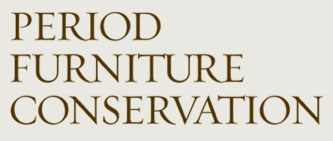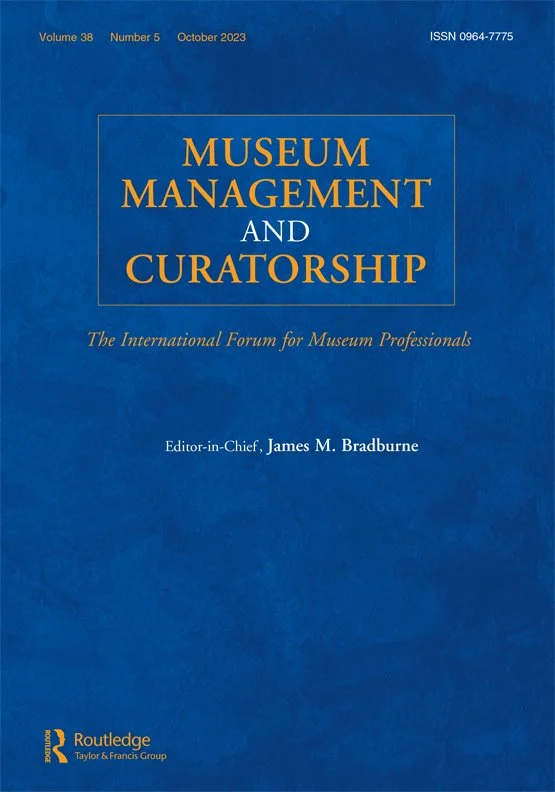Russia’s full-scale invasion of Ukraine on February 2022 has included the wholesale destruction, damage and looting of Ukraine’s cultural heritage, including a UNESCO World Heritage Site. This intentional destruction is a loss not only for Ukraine but also for humankind. Ukrainian scientific communities need more resources to address these challenges. In response, Red Arch Cultural Heritage Law and Policy Research partnered with Lviv Polytechnic National University to initiate a program of preventive conservation to fund the digital scanning of eleven historic wooden churches in eastern Ukraine, some of which are very close to the war zone. The success of those initial efforts has led our team to expand on this initiative in 2024, and to launch separate initiatives that will strengthen conservation education and conservation science in Ukraine.
Read MoreOn Thursday, February 24, 2022, Vladimir Putin, President of Russia, began a war against Ukraine. As a conservator and Fulbright Specialist and Fellow in Ukraine for the last number of years, I have received many inquiries and expressions of sympathy for the conservators I have met there. However, since this war creates a significant risk to Ukraine's cultural heritage, still largely unknown in the West, and to the conservators and other arts professionals who care for it, I wanted to provide a brief introduction to the historical context of the multi-ethnic culture of Ukraine, the current state of conservation in the country, and to suggest possibilities for assisting with the ever-increasing humanitarian crisis.
Read MoreWe invite cultural heritage conservators to join their Ukrainian colleagues as they address the ongoing destruction of Ukraine’s cultural heritage. Blue Sky – The Ukrainian Conservation Forum is a closed group on the Telegram messaging platform.
Read MoreIn the summer of 2019, a two-week educational workshop was conducted in Lviv, Ukraine, under the auspices of the Lviv Polytechnic National University, as a fundamental component of an expanding architectural conservation program. The goal of the workshop was to introduce 15 participants to the contemporary theory, methods, and practice of conservation assessment as it relates to wooden architecture.
Read More…My Fulbright involvement with Ukraine began in 2016 when I was awarded Fulbright Specialist status, so returning to Ukraine, even on other occasions, has already started to feel in some ways like coming home
Read MoreThe February 2016 issue of Maine Antiques Digest published an article by Yuri Yanchyshyn entitled "Advances in Wood Identification and Thereby Attributions."
Read MoreIt is (Almost) All in the Mind: Guarding Against Furniture Fakes
from Chubb Collectors
There have been copies sold for as long as human beings have valued particular types of objects. During the Roman Republican period and early Empire there was a robust trade in copies of Greek statuary. This article can be read in its entirety here.
Read MoreIssues in Furniture Conservation
from Appraising Art — The Definitive Guide to Appraising the Fine and Decorative Arts, published by the The Appraisers Association of America
Appraisers assess furniture for a variety of reasons: to determine valuation for insurance, estate tax, or gifting purposes; or to determine an object's condition prior to transit. see pp. 80-83
Read Morefrom AXA Art
Mid-century modern furniture is in demand by collectors, who prize its typically sleek aesthetic and diversity of styles. But furniture from this era comes with some innate issues, due to the large number of nontraditional materials used in its creation.
Read MoreCare and Preservation of Historic Furniture
from the Art of Leadership Series, The Magazine, Volume 1, Issue 4, March 2011
It could be your grandmother’s china cabinet, a chest brought back by a relative from overseas, a handmade table purchased directly from the artist or a period chair that is part of a larger collection. (Click here to read the entire article.)
Read MoreHistoric Furniture — Care and Preservation
from ACE Culture Notes
Proper care of furniture begins with understanding and appreciation of the unique characteristics of each piece of furniture within its surrounding environment. This article outlines some of the most critical environmental issues which affect the preservation of furniture. (Click here to continue.)
Read MoreCaring for Fine Antique Furniture
from the MHMC Newsletter, published by the Mary Helen McCoy Gallery
If you have the good fortune to own fine antique furniture, you have a responsibility to preserve it for future generations. (Click here to read the entire article.)
Read MorePicture Framing I —
A Frame Designed by Frederic Church
from Museum Management and Curatorship, IX, 2
pp. 219 -221.
Read More












